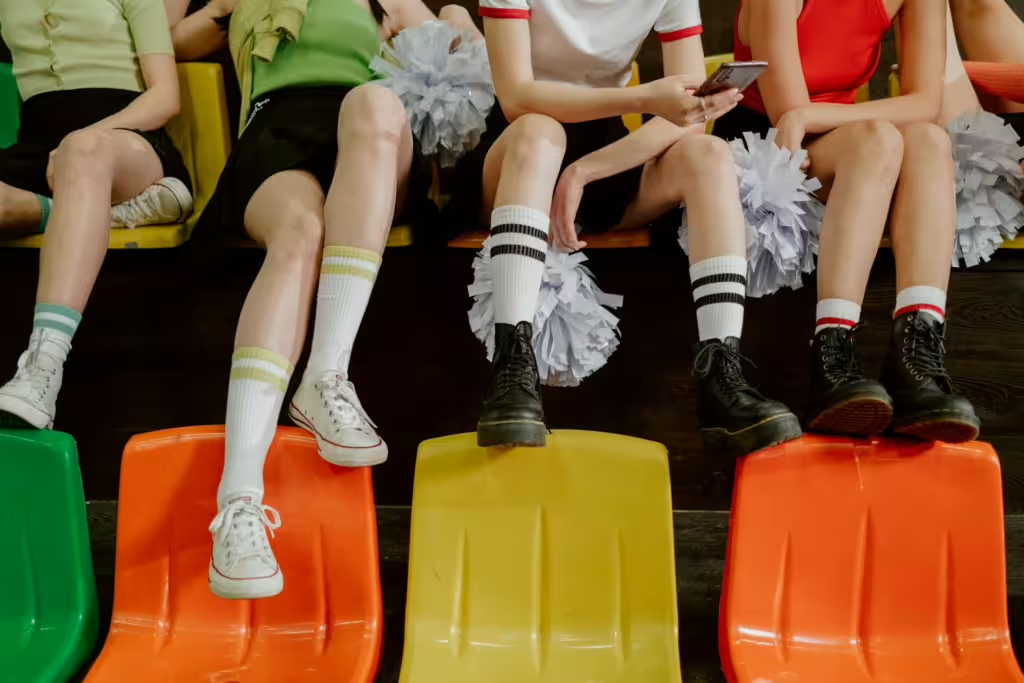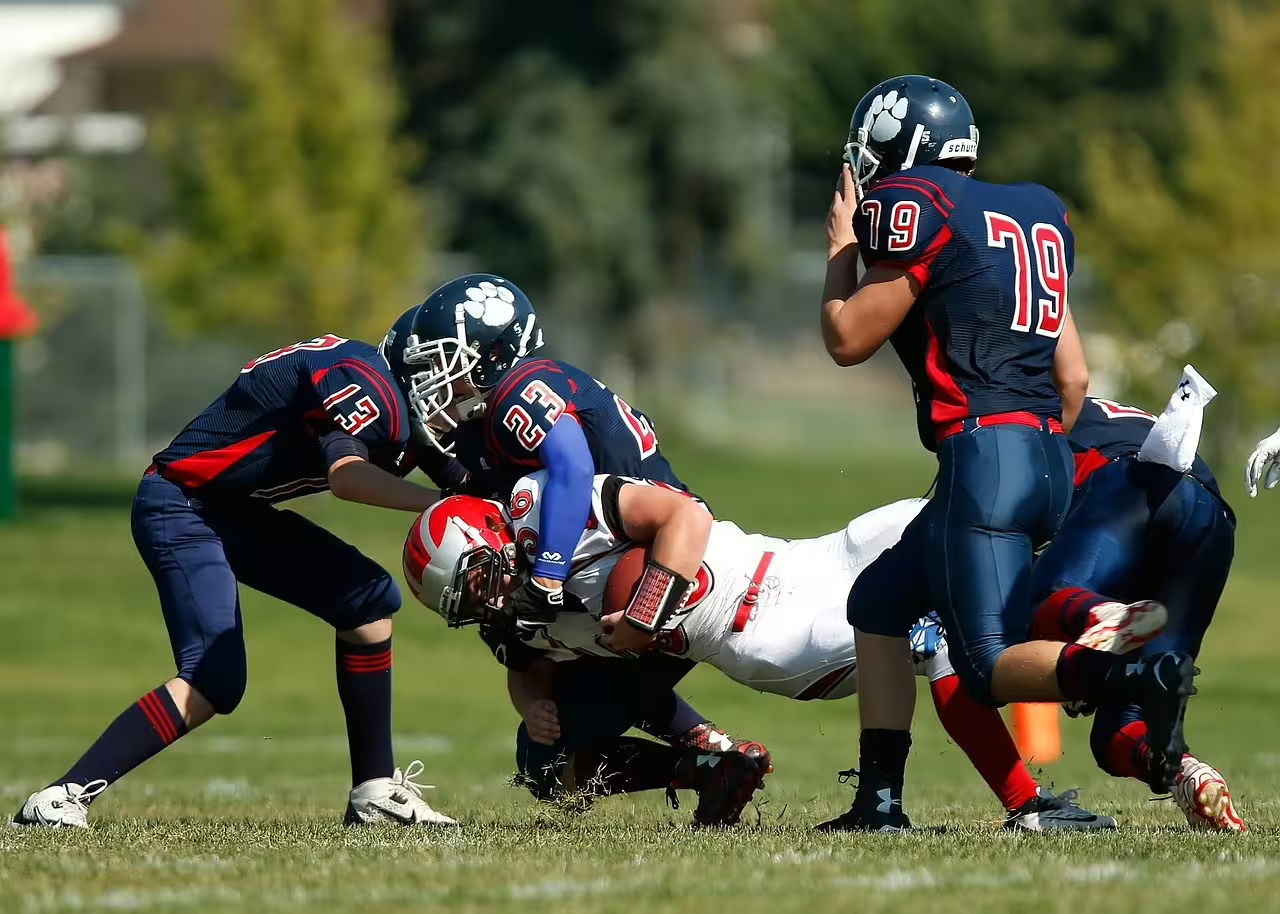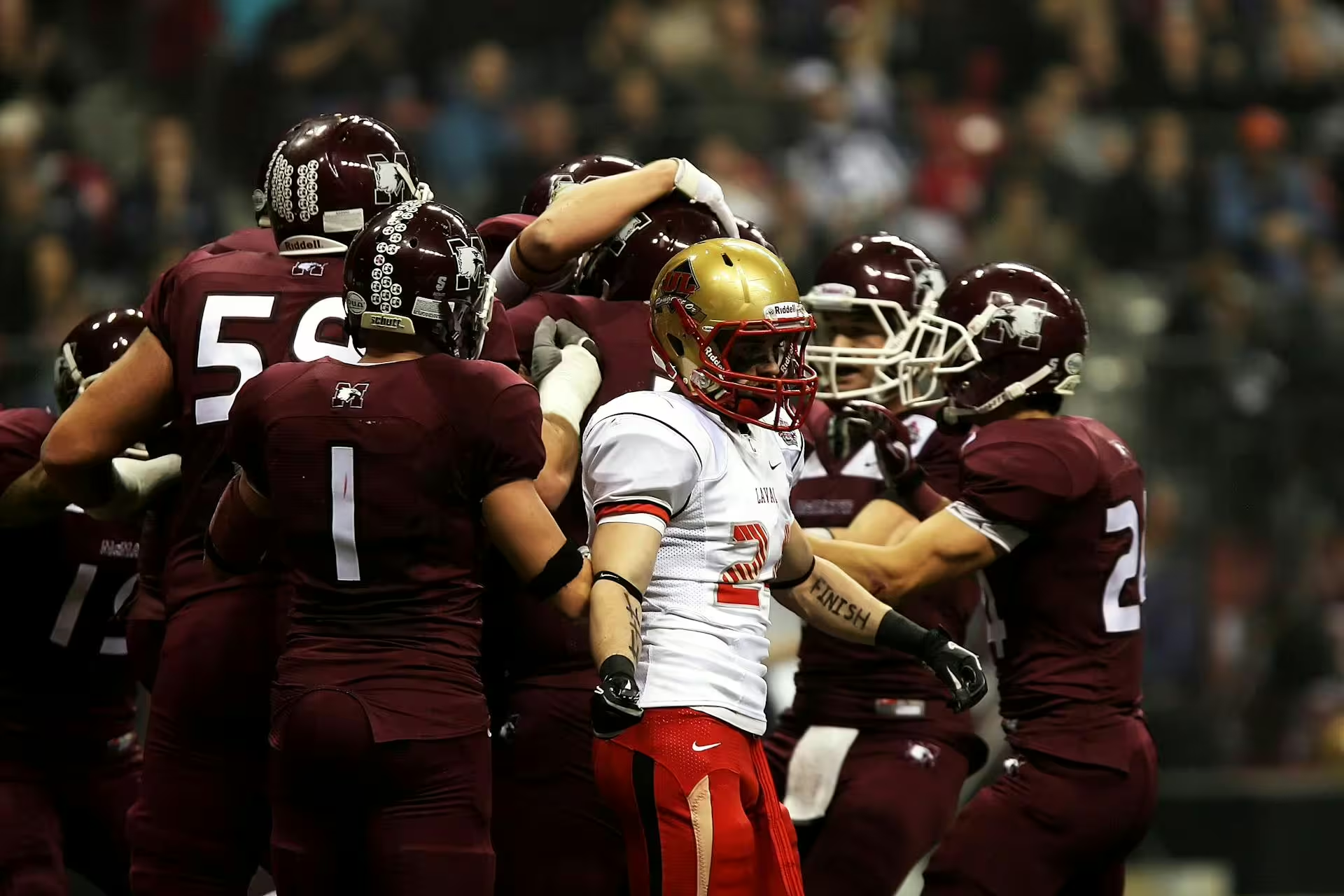Pom-poms, bright smiles, and catchy chants; that’s what cheerleading means to a lot of people in the United States. In some places and subcultures, there are elements to the sport that go on the recreational and border on the indecent, but our goal is to draw the focus away from such ideas and pull the focus back to the actual sport of cheerleading. Indeed, beyond the glitter, glamour, and excitement lies a sport that demands a fair degree of strength and skill. Moreover, it is a sport that necessitates teamwork, positive social dynamics, and no small amount of dedication on the part of the athlete.
In many ways, cheerleading is the physical embodiment of school spirit and the cheerleaders themselves are the means by which this communal concept can be given earthly form. But while this is certainly the main wellspring which cheerleaders draw their ability, we must not forget that the sport of cheerleading is itself a gateway to lifelong fitness. Not only can participating in cheer help a child remain physically active, it can boost their leadership skills, foster lifelong friendships, and even offer up college sports and scholarship opportunities.
In this article, we will take a deep dive into cheerleading as a sport. We will explore the idea of cheer as a high school sport and at college levels, as well as the benefits those two types of cheerleading offer young teens and young adults. Finally, we will discuss the cost of cheerleading and how it can be utilized as a means of helping kids get into college.
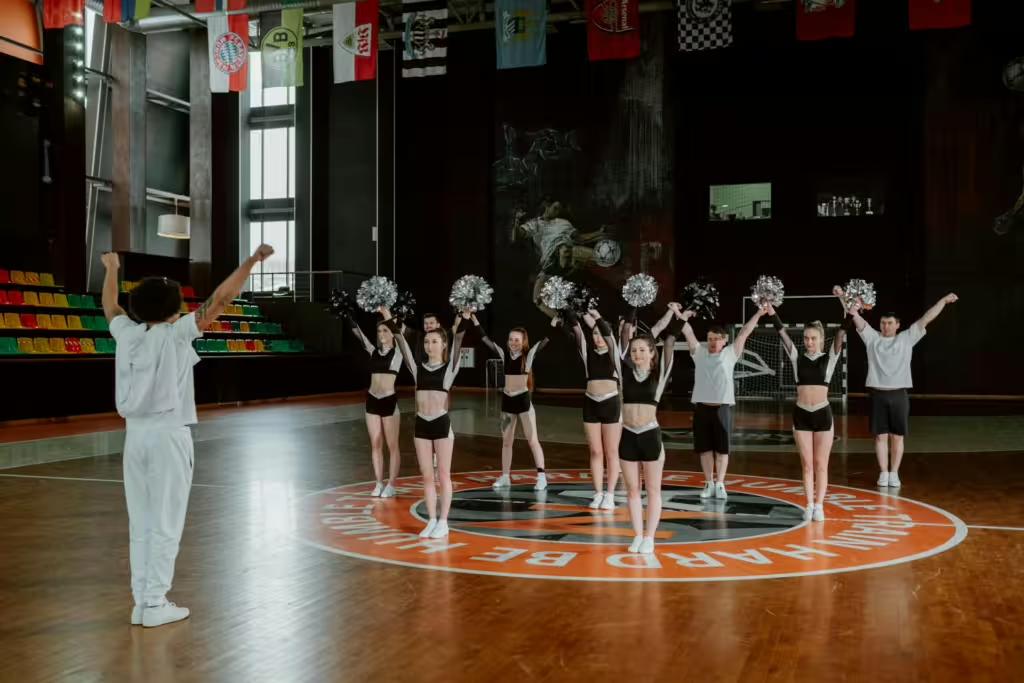
The Evolution of Cheerleading
Cheerleading began in the late 1800s and believe it or not, it was mostly men who led the “huzzahs” and “hoorahs” on college campuses. In those days, the cheers were meant to get the crowds to perform organized chants during football games, but the basic concept was still there; get people excited about sport! The mid-20th century saw cheerleading enter its coed phase and it began to involve all the other elements we know and love today, including gymnastics, dance, and acrobatics. It wasn’t until the now bygone era of the fabled 1980s, that competitive cheer was born!
Today, competitive cheerleading has its own branch of the sports world, encompassing regional, national, and even international contests. These sometimes massive events see competing teams judged on their collective routines, as well as stunts, jumps, and choreography. Nevertheless, the old “sideline cheerleading” that began the sport is still the one most communities recognize. School teams lead chants, support their local athletes, and keep crowds energized for the game!
We should note from the start that cheerleading is coed at many colleges and in many high schools. With gender being such a hot-button topic these days, its hard to imagine that any sport would not wind up becoming kore inclusive, but considering that males were the first cheerleaders, it makes sense that a modern take would involve folks from all genders.
The Physical Demands of Cheerleading
People often underestimate cheerleading as a sport without realizing that even the most rudimentary cheerleading moves require at least some degree of strength, agility, flexibility, and coordination. And when those aspects are all combined into large, complex, sometimes risky routines, the need for peak physical fitness is even more paramount.
Cheerleaders often perform gymnastic-style moves such as back handsprings, tumbles, round-offs, and flips during routines. Teams will also build human pyramids and will toss “flyers” into the air to be caught by the team or mount up on the pyramid itself. There is a fair amount of jumping besides this, as well, and it requires incredible leg strength. Finally, dance routines are part and parcel to the whole affair and require a combination of endurance, expression, coordination, and rhythm to achieve a cohesive performance. In short: cheerleadin’ aint easy.
Safety and Injury Prevention
Those of you who have seen the Bring it On movies and television shows understand that competitive cheerleading sometimes contains some pretty serious acrobatic elements. This means that cheerleading has some risk involved; maybe not as much risk of injury as football, but close enough. In fact, the National Center for Catastrophic Sports Injury Research has ranked cheerleading among sports with the highest rate of serious injuries for female athletes. And while safety protocols have improved dramatically in recent years, we would be remiss if we did not cover the subject of injury in some way.
That said, there are some ways that parents can ensure a program is as safe as possible for their child. First, make sure that the program has certified coaches who know how to practice and perform safety. Seek out programs that put “technique before tricks.” Make sure there is safety equipment, mats, and qualified spotters around at all times. Finally, allow your athlete time to recover from hard practices, intense performances, and especially if they have already sustained any sort of injury. Time to heal is important for remaining safe if they mean to continue.
Cheerleading in High School
Though cheerleading can begin in middle school or peewee cheer camps, high school cheerleading is where most kids begin their introduction to the world of organized cheer. Most kids tend to start with sideline cheerleading at this stage, supporting football, basketball, and other sports teams. This is where they learn the basics of chants, dance, and large-scale halftime routines. At this stage, the main concept is school pride and boosting the morale of everyone involved.
Competitive cheerleading comes later, though many high schools also field competitive teams. At this level, often varsity level, athletes are tasked to perform choreographed routines at local and national competitions. Most of these routines last about 2½ minutes and combine tumbling, stunting, pyramids, jumps, and dance. At meets, these events are generally judged precision, difficulty, and synchronization.
Either way, competitive cheer requires dedication from athletes and their families and may need to be folded into a schedule that includes, academics, social commitments, and other sports activities.
The Tryout Process
Cheer tryouts are almost as nerve-wracking as the actual sport, but worry not. Most teams ask only to see how well an athlete can dance a routine, how high or far they can jump, how well they can tumble, and how loud and clearly they can project a cheer. Captains and coaches are also looking for energy, that indefinable charisma that can help spur people towards interest or excitement. This last bit can be cultivated, as can any physical skills, but if the bones are there, then. it’s a good bet your child will make the team.
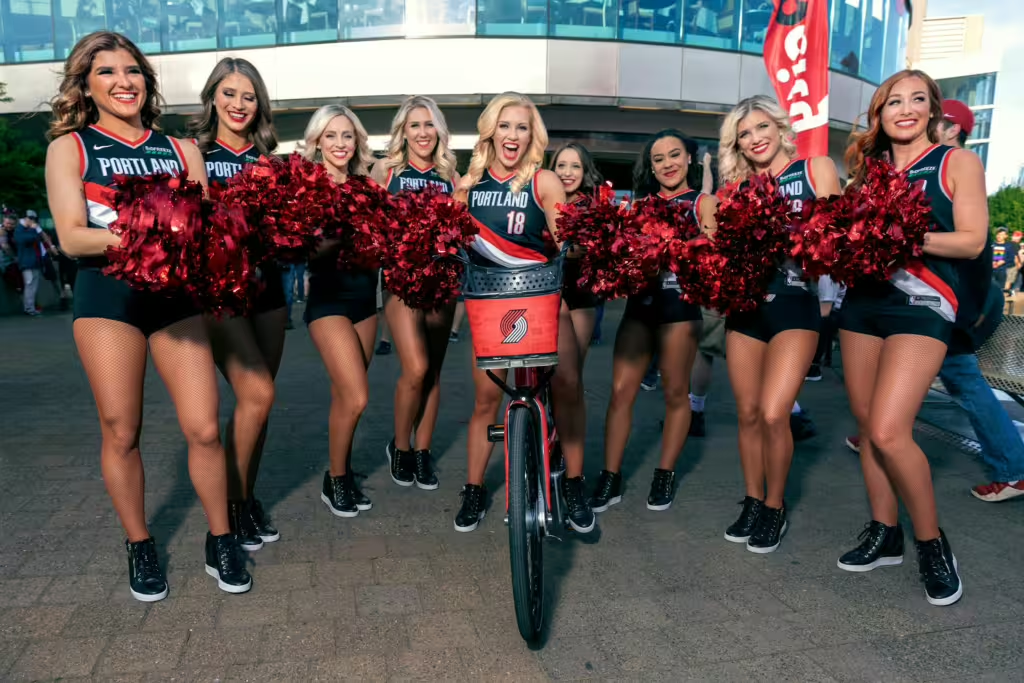
Cheerleading in College
College cheerleading might seem similar to higher levels of high school cheerleading, but don’t be fooled. At this level, the spirited sideline cheering is still around but most athletes spend their time on the competitive side of things, performing at national and international championships and cheering their teams on with a wide array of advanced performative routines. That being said, there are two paths college cheerleaders can take: that of the sideline/spirit squad, or that of the competitive cheerleader. The former is more laid back though they do perform at a higher level, but the latter is intense and often involves training for high-level championships (like NCA or UCA Nationals).
Scholarships and Recruitment
Parents should also be aware that there are college scholarships for cheerleading. Sure, they are not nearly as widespread as in major NCAA sports like football or basketball, but they are there, though mostly for competitive and coed programs. College recruiters tend to look for the same things coaches and captains would have looked for in cheer tryouts, though their standards would obviously be higher. They want strong fundamentals in stunting and tumbling, leadership and sportsmanship qualities, a positive and reliable attitude, and consistent academic performance.
The most common scholarships for cheerleading include:
- Athletic/Program Scholarships: These scholarships are typically awarded directly by college cheer programs. They are given for skill and/or commitment.
- Academic Scholarships: Student-athletes with high GPAs and test scores can boost aid packages and receive more funding.
- Community or Local Awards: Look into your community or local area. Many booster clubs and foundations support multi-sport or leadership-oriented students.
In any case, it behooves parents to research schools early rather than wait until right before your child has to graduate high school. Cheer programs vary widely in intensity, funding, and time commitment so you will need to consider these things when going in.
The Cost of Cheerleading
Cheerleading is an investment of time and money for parents and for teens. Most teams practice between 3-5 times a week and need to be ready to perform on weekend games or at events. This means that time management is a crucial skill in making cheerleading a workable part of a student-athlete’s life.
Actual expenses vary by school and program but may include the following:
- Uniforms and Shoes: $200–$800 per season
- Camps and Clinics: $200–$500
- Travel and Competitions: $500–$2,000+ (for national events)
- Practice Gear and Accessories: $100–$300
- Booster or Team Fees: Varies by region
It should be noted that some schools and districts offset these costs through fundraising, sponsorships, or booster clubs.

Cultured Athlete Says….
As you can see, cheerleading isn’t just something one does from the sidelines anymore. Cheerleaders themselves can draw just as much of a crowd as any other athlete. Cheerleading is so much more than a sport, it is a community of like-minded athletes all working toward the same goal and training to be more physically, mentally, and emotionally secure later in life. It is a place where friendship and purpose walk hand-in-hand.
As parents, we can appreciate the benefits that cheerleading can offer our children and to that end, we can offer our support and our appreciation for the hours of commitment and teamwork they put into it. After all, if we’re not cheering on our cheerleaders, then who will?
Discover more from CulturedAthlete
Subscribe to get the latest posts sent to your email.

